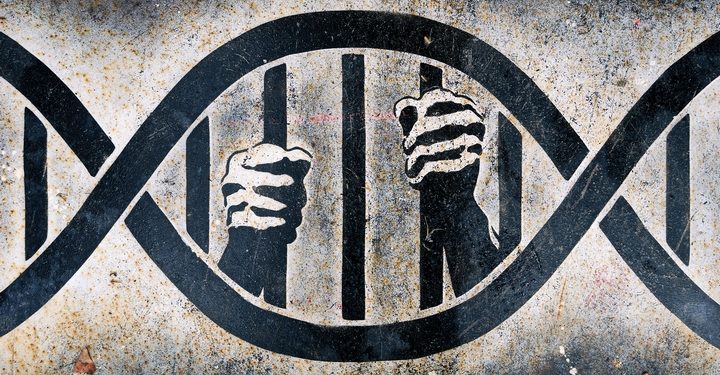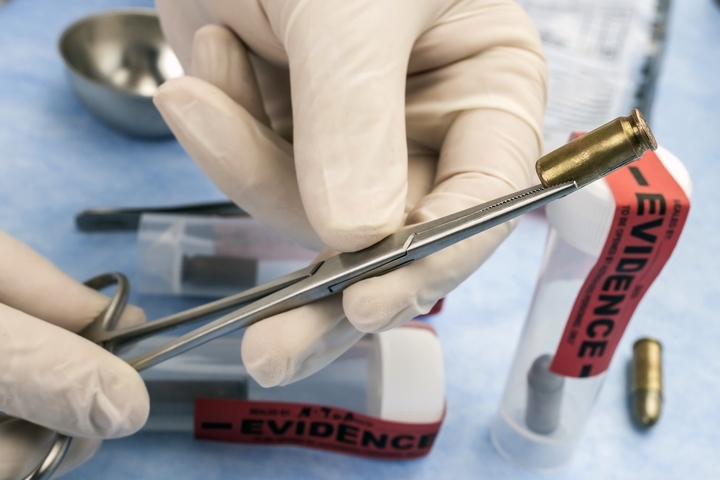7 Most Common Types of Forensic Evidence

Forensic evidence is one of the most prominent aspects of today’s justice system. While in the past, many cases have been processed where the only evidence available was witness reports and hearsay, today there’s a multitude of reliable forensic evidence to ensure justice is served.
Forensic evidence doesn’t just help people in court today, either. There are countless examples of cold cases solved by the invention of new forms of evidence, as well as wrongful convictions overturned by the same. Let’s take a closer look at the most common types of forensic evidence.
1. Blood Splatter

Some of you might be already familiar with this type of forensic evidence. It has been featured as one of the key pieces of evidence presented in the Netflix documentary Making a Murderer. The science involves the analysis of the shape and size of blood splatters by experts in the field.
This analysis can help garner a lot of information about the alleged events. An expert can determine where the blood came from, what type of wound was involved, and the direction and velocity the blood was moving as it splattered, all useful in re-constructing a crime scene.
2. DNA Evidence

One of the most well-known types of forensic evidence is DNA evidence. Most will be familiar with its use in investigations, even if they’ve never heard the word ‘forensic’. DNA is a genetic footprint that is unique to each person, and this can be used in several ways to verify the identity of a suspect.
Nearly any tissue or bodily fluid containing DNA can be used to find a match. Hair, blood, and even flakes of dead skin left at a crime scene could be the positive link that leads to a conviction. A nationwide DNA database is maintained for the purpose of finding matches.
3. Entomology

Entomology refers to the study of insects, in general. Forensic entomology involves the study of insects present on a post-mortem body to gather information. While it might not seem all that obvious, the analysis of what bugs are present on a body can say quite a lot about what might have happened.
It can help with determining the geographical location of the death, for example, if certain bugs are from a certain area. The growth stage of eggs and larvae that have been laid on the remains can be used to determine the time of death. They can also offer toxicology samples.
4. Dentistry

Dentistry has several applications within forensic investigations and evidence. The one that may immediately come to mind is the identification of a dead body through the use of dental records. Bodies that have been lost for some time and which have begun to decompose probably can’t be easily identified on sight.
A forensic dentist can verify whether the teeth of a found body match the dental records of a missing person. Forensic dentistry also comes into play in the analysis of bite marks. Often, attackers are also bitten in self-defence by their victims – a dentist can identify the bite.
5. Fingerprints

Among the earliest forms of forensic evidence was/is the collection and analysis of fingerprints. Fingerprints are unique to each person and the oils on a person’s hands leave distinctive patterns on nearly everything they touch.
Areas that are likely to have been touched at a crime scene are dusted to find fingerprints. The dust sticks to the oils left behind. The fingerprints are then photographed to be compared with a database of prints collected from suspects. Even some partial fingerprints may be enough to sway the balance of a case towards conviction.
6. Ballistics

Ballistics refers to the study of trajectories of objects that are propelled from a source by a burst of energy and sent flying until gravity pulls them down, such as a ballistic missile or a bullet. In the case of forensics, it’s typically bullets which are being studied. The term can also be typically applied to other gun-related evidence.
Ballistics experts use their knowledge of physics to re-construct crime scenes, in an effort to determine things like the angle the bullet came from. With this knowledge, they can also determine where the shooter was relative to the victim as well as other information.
7. Autopsies

Evidence is often found through the autopsying of a victim’s body. Many different facts can be ascertained by a medical professional through this analysis. The findings that autopsies are best known for is the cause of death, something crucial to murder investigations and trials.
Various physical, chemical, and medical tests are performed on a body to find out exactly what it is that killed him. Medical science will oftentimes show that a believed murder was really an accident or even a natural death. Alternatively, an autopsy may also reveal information which shows a death assumed to be innocent could merit criminal investigation.


